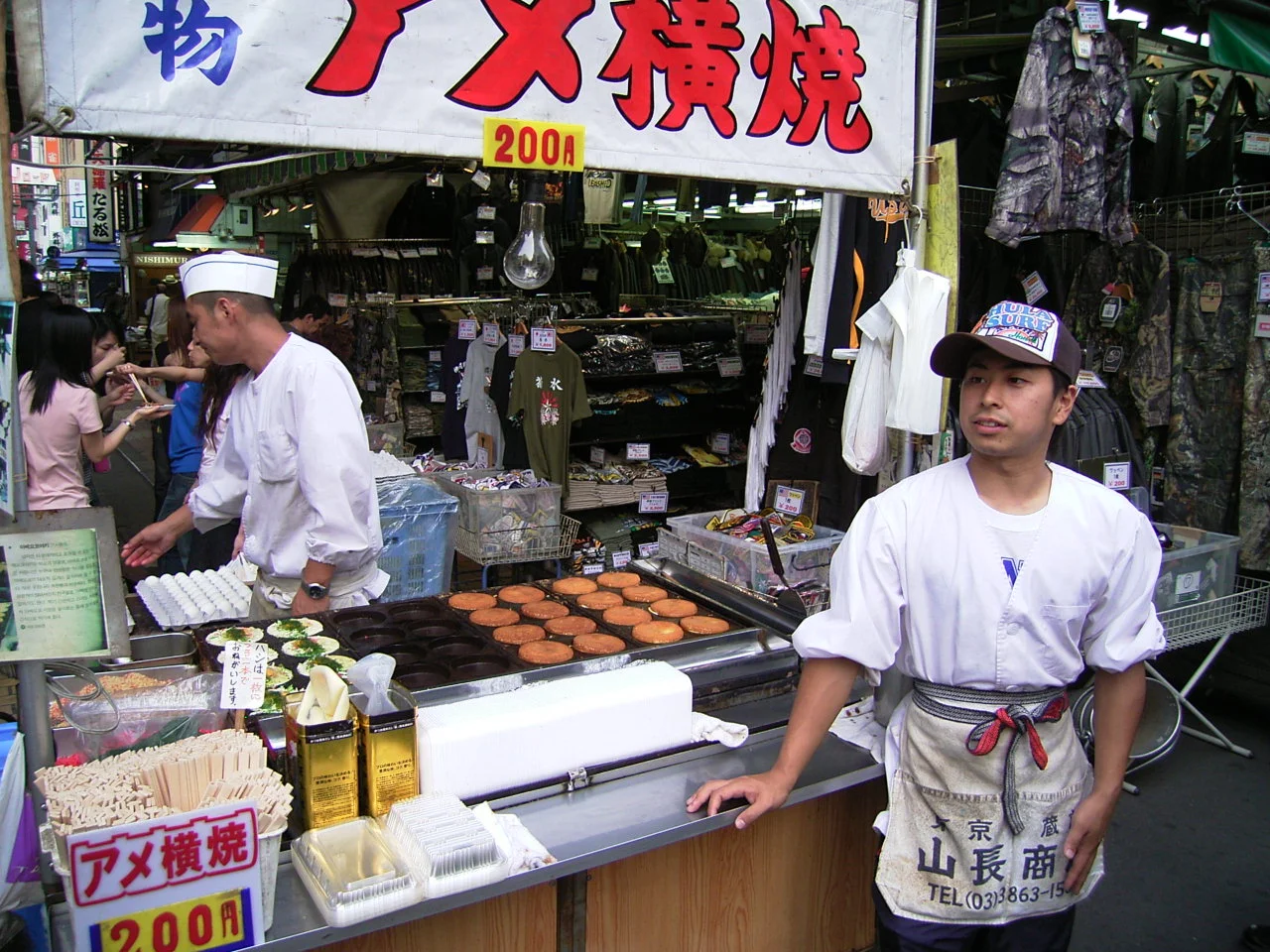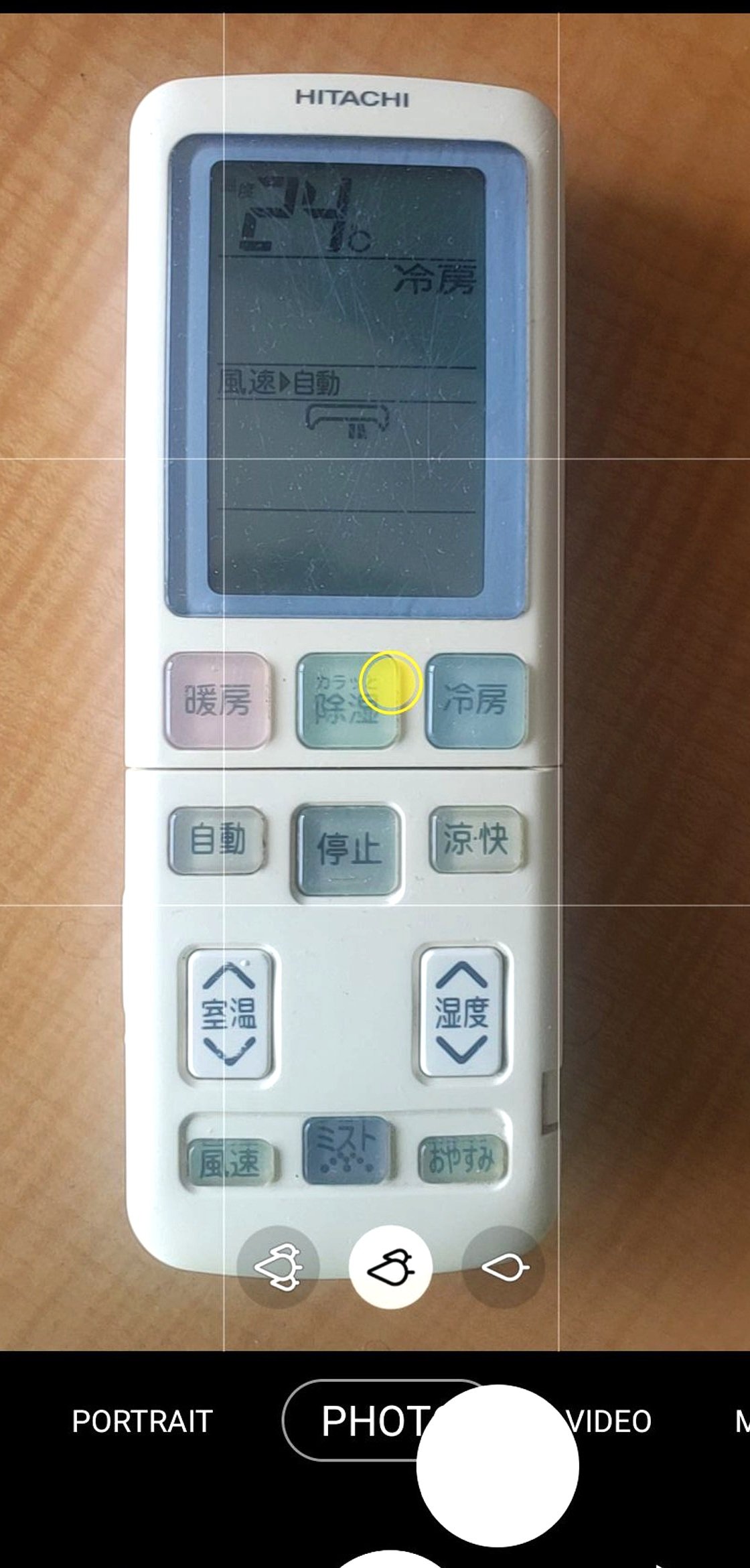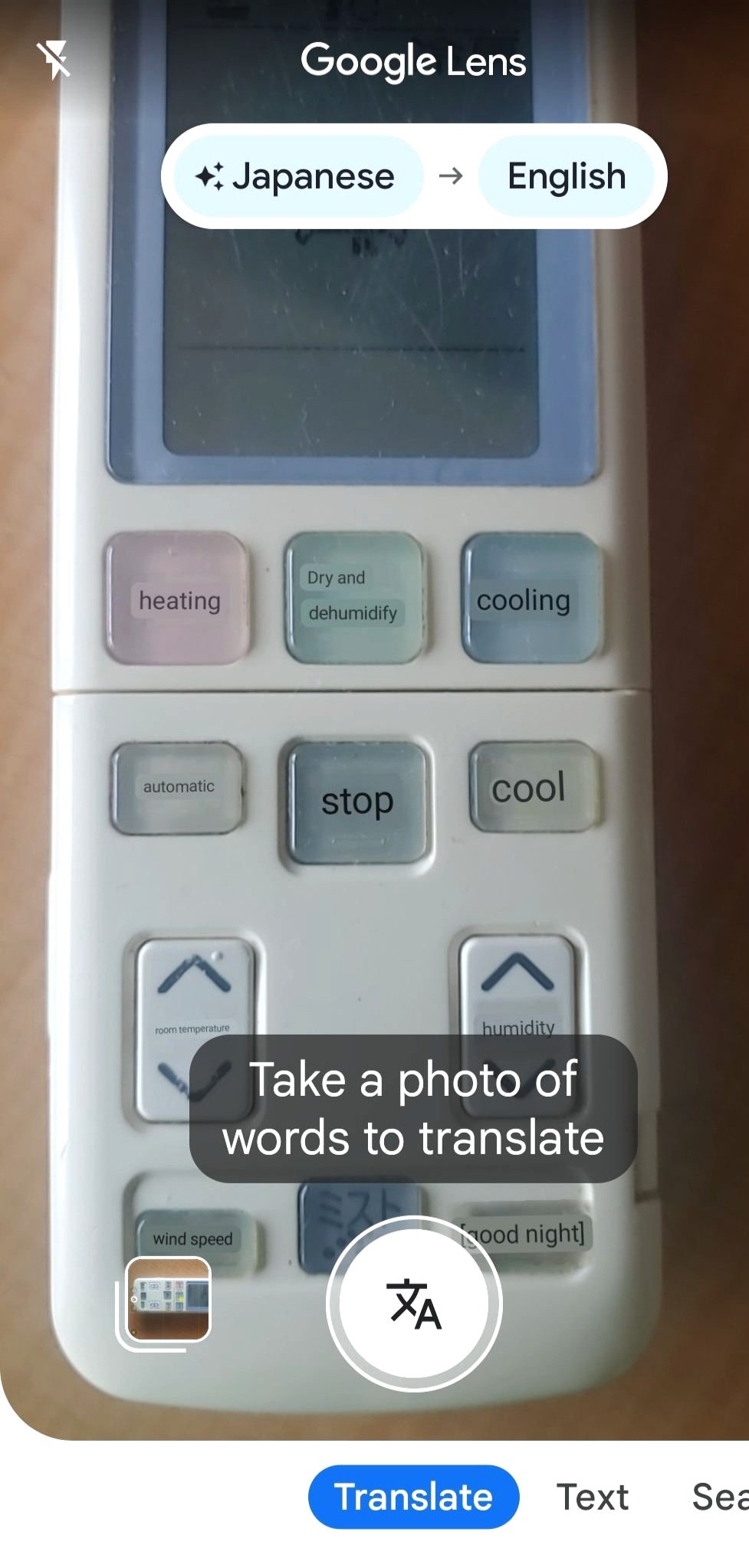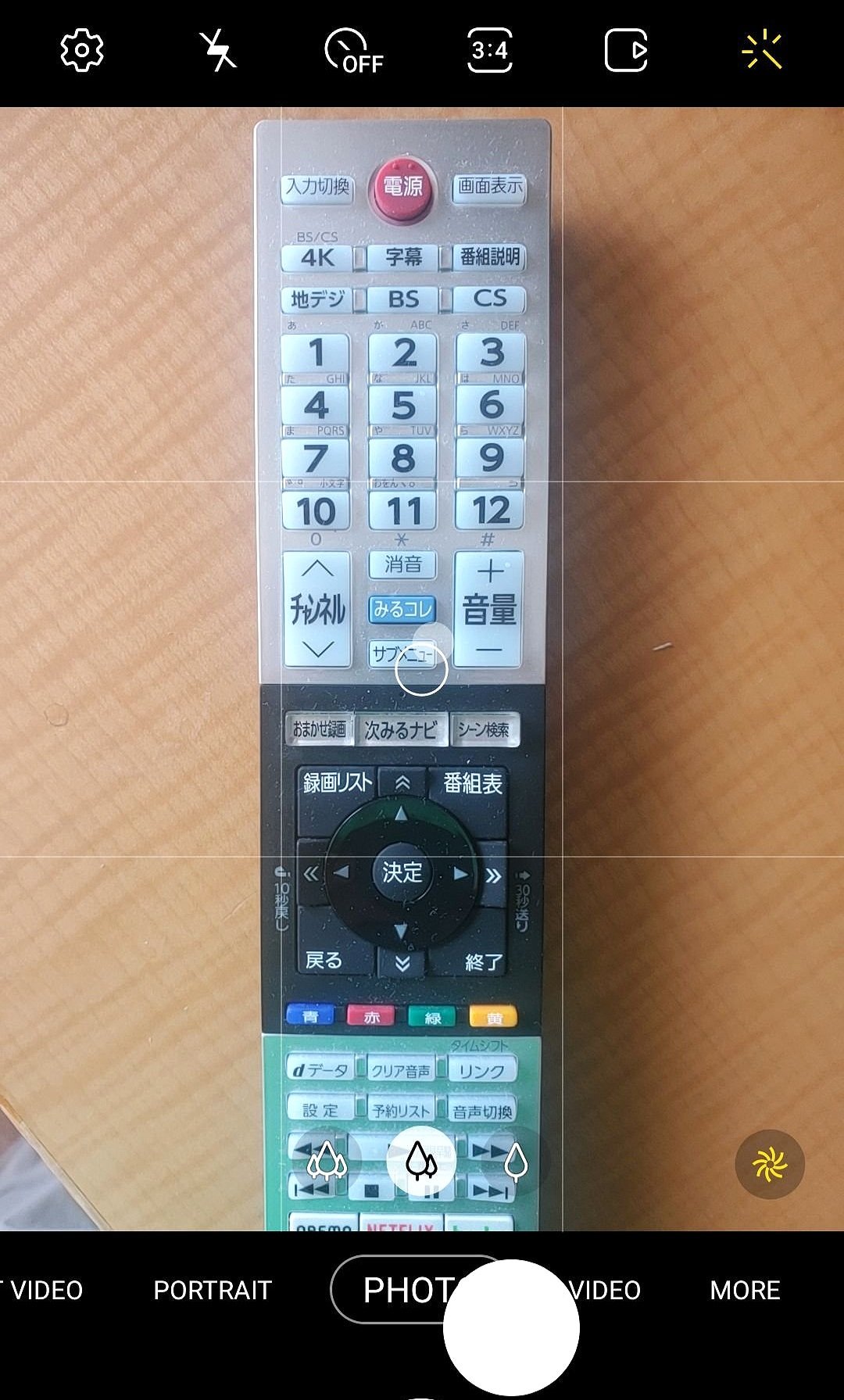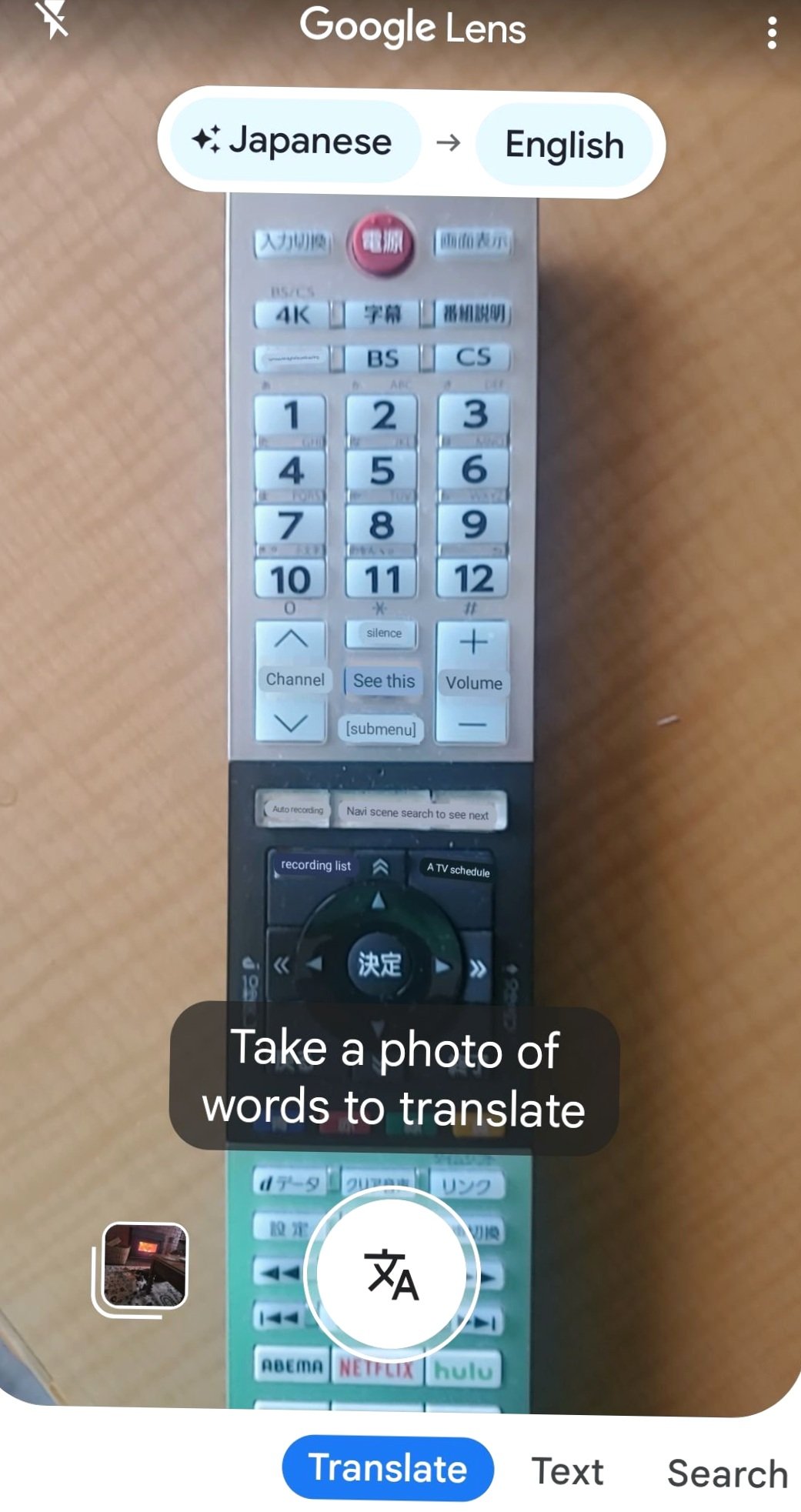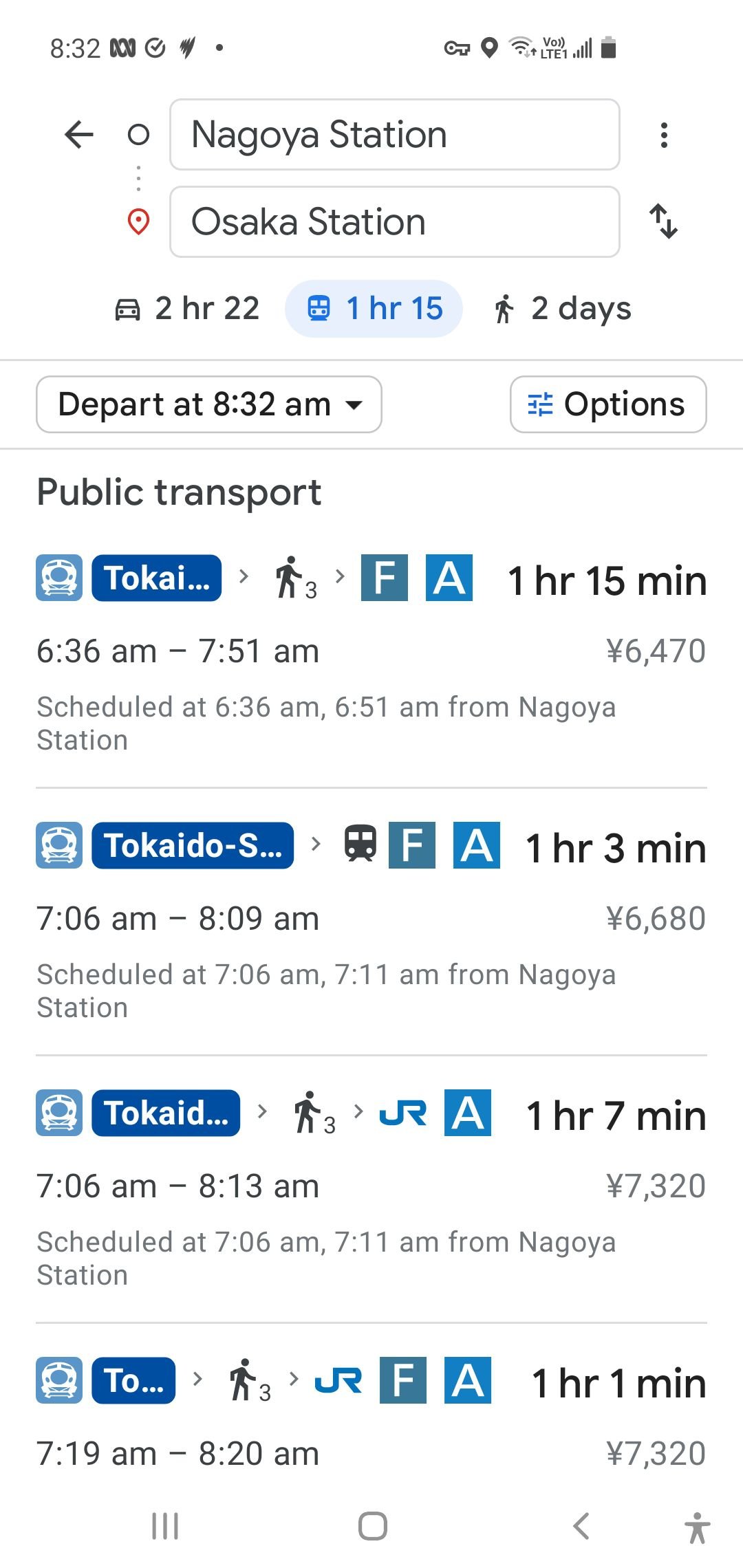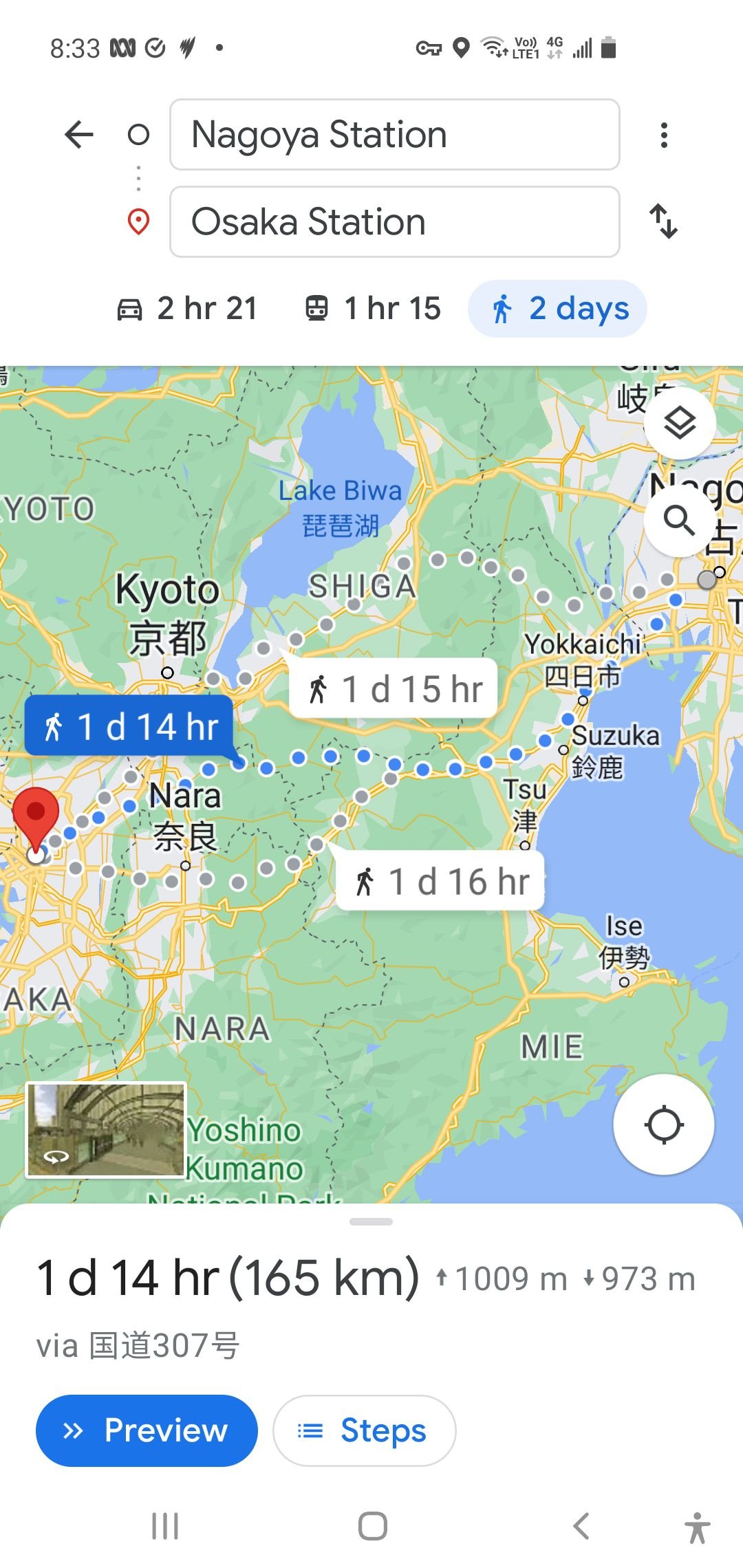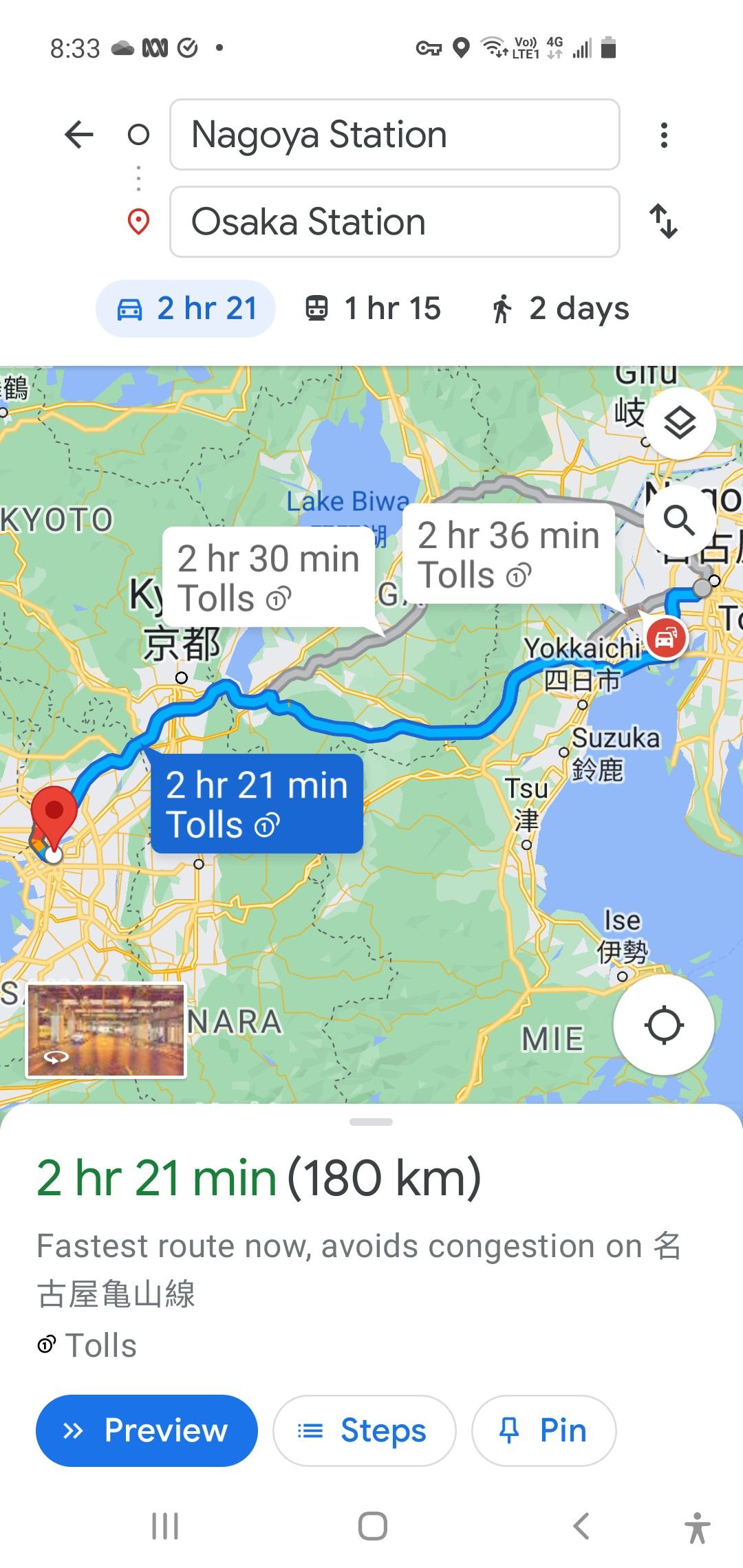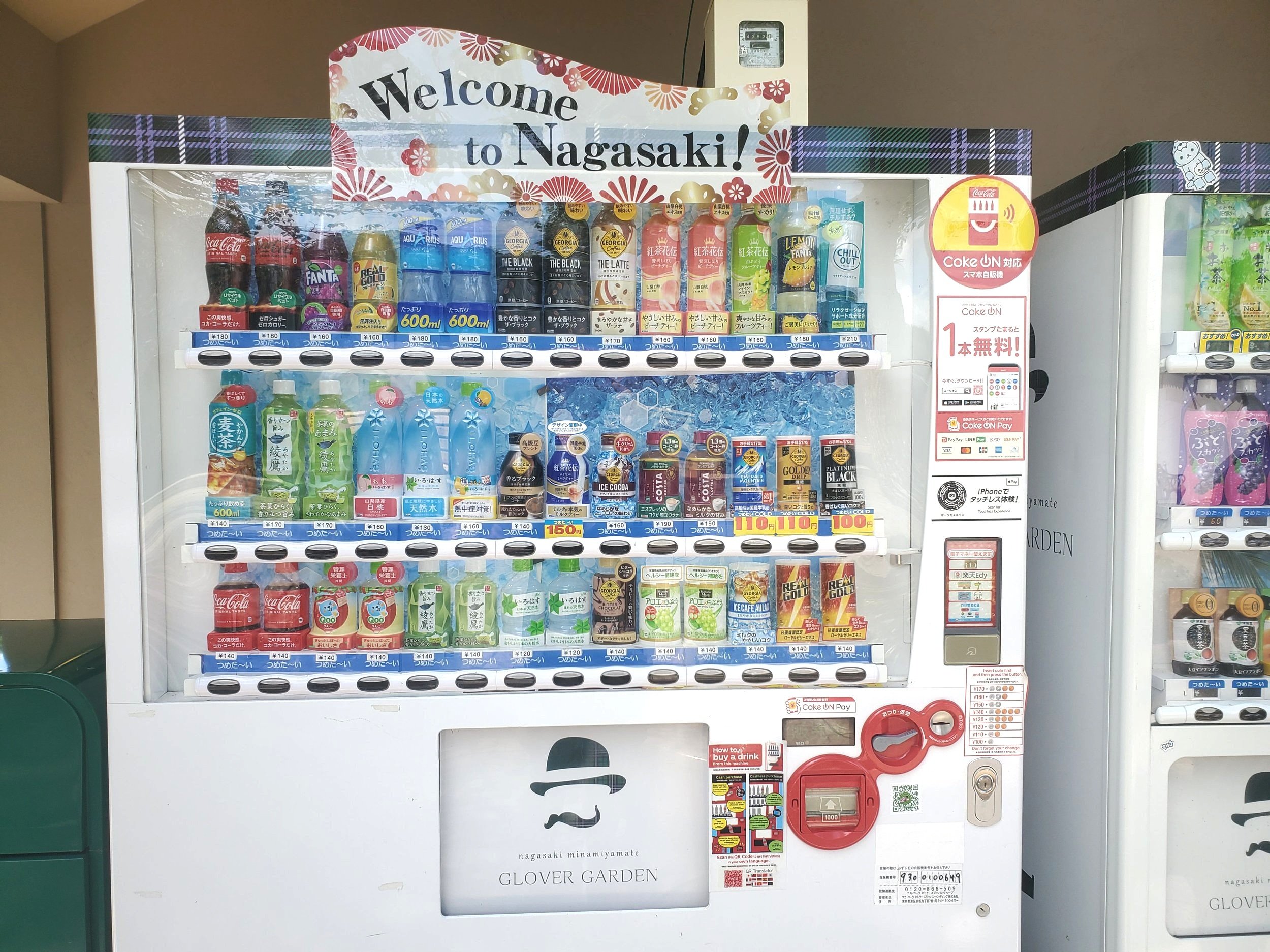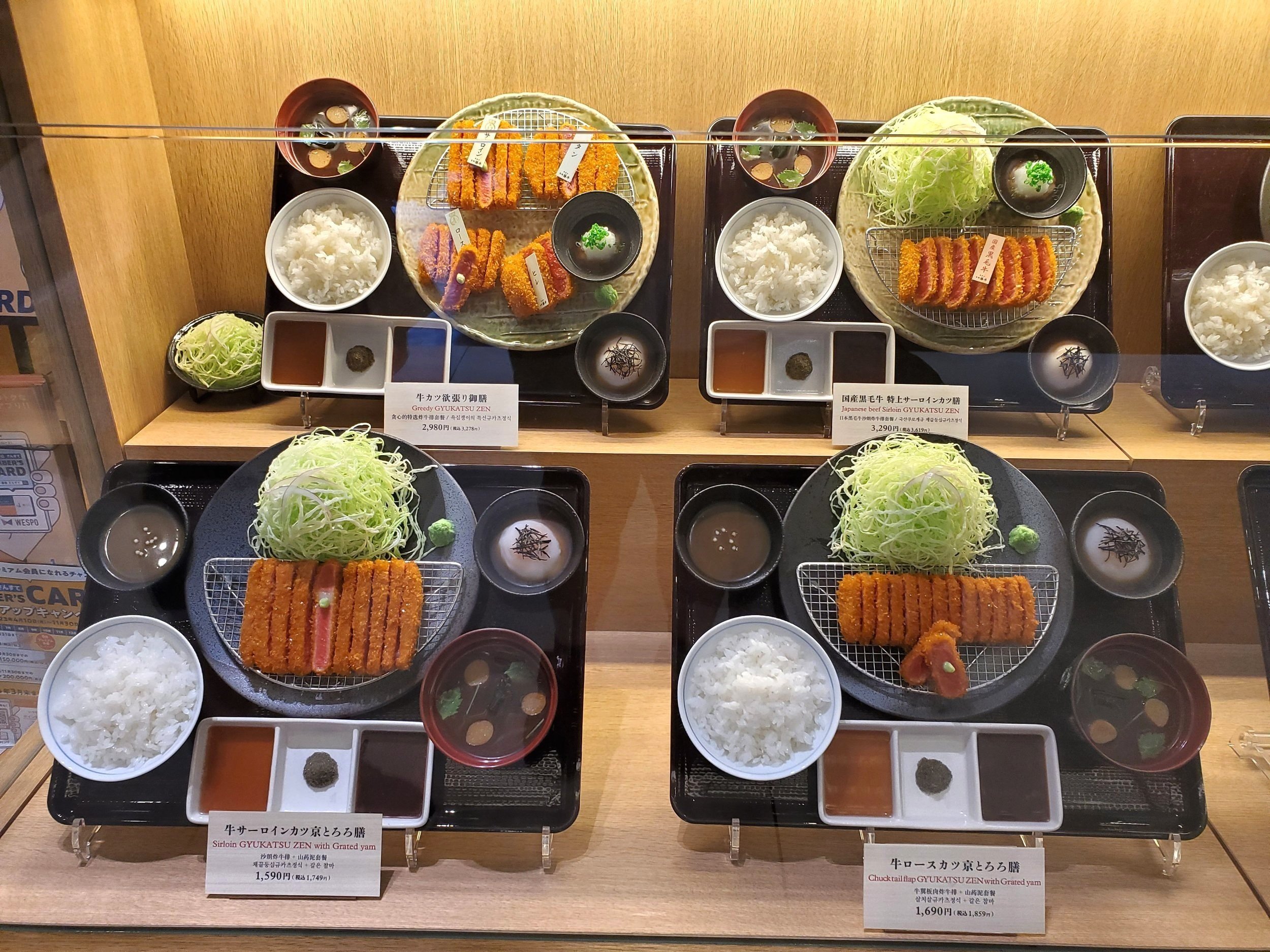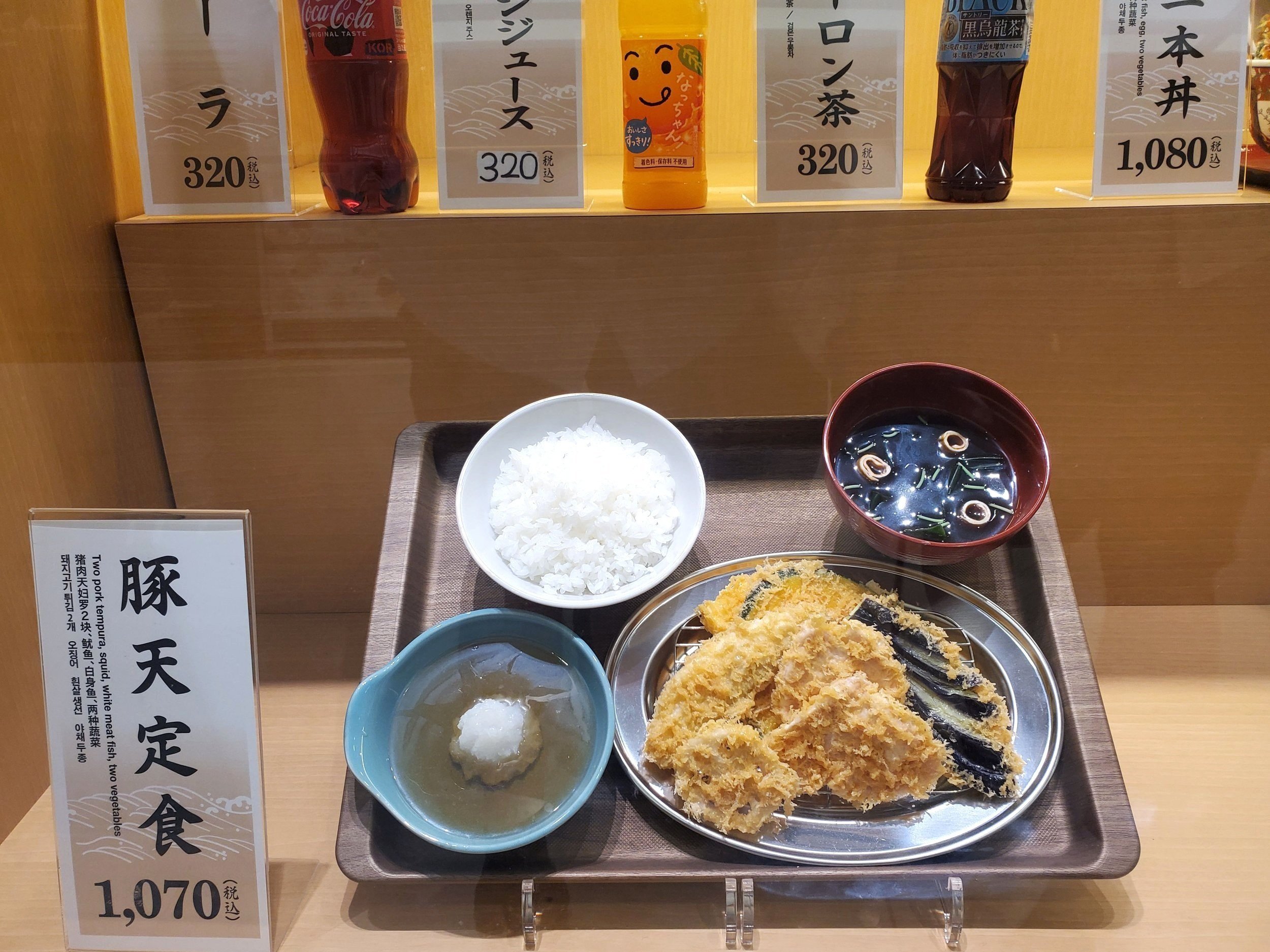Ten Tips for First-time Travellers to Japan
/shinjuku, tokyo
Introduction
There are many travel blog posts and vlogs which provide useful travel tips for Japan. A lot cover the etiquette that is so much a part of Japanese culture; or great places to visit such as onsen, gardens and sacred shrines; or how to buy shinkansen (bullet train) tickets, to name but a few topics. And, by all means, check out as many of these as you can before heading off.
koraku-en GaRDEns, okayama
But for us, on our recent trip to Japan, these ten simple things are what we’d recommend to any first-time traveller.
1. Learn a few basic words and phrases
Yes, anyone with a smartphone can access translation apps nowadays. And yes, many Japanese people do speak some English, especially those working in tourism or related industries such as transportation and hospitality.
Saki - yoyogi park, tokyo
But there is still a place for at least trying to speak some of the local language, be that in Japan or anywhere else that doesn’t have English as its first language. Most people appreciate that you’re making an effort to speak their language in their country, rather than assume that the whole world speaks English. It’s a matter of respect.
A few words and phrases we found helpful, went down well, and were reasonably easy to remember are as follows:
· Do you speak English? あなたは英語を話しますか? Anata wa eigo o hanashimasu ka?
This is always a good start. More often than not the answer was “yes, a little”
· I don’t speak Japanese. 私は日本語を話せません。 Watashi wa nihongo o hanasemasen.
Goes well with phrase number one.
· Excuse me すみません Sumimasen
Very useful on crowded public transport or as an opener before phrases one or two.
useful to have a few words in the local language when shopping
· Thank you ありがとう Arigatō
· Hello こんにちは Kon'nichiwa
· Goodbye さようなら Sayōnara
· Yes, no はい・いいえ Hai, īe
· Delicious 美味しい Oishī
Goes down well in restaurants or with your guesthouse hostess/host after the beautifully presented meal you received, that is often part of the ryokan experience.
· What do you recommend? おすすめは何ですか? Osusume wa nanidesu ka?
Another good one in restaurants, especially when you’re somewhat perplexed by the menu.
operators of izakaya (small bars) like these in tokyo, often don’t speak much english
It’s also useful to know that in Japanese when expressing a certain number of objects, a different numbering system is used called “counters”. So, while the numbers 1 to 4 are usually expressed as i-chi, ni, san, shi, the counters are hitotsu, futatsu, mittsu and yotsu. This is used when ordering items eg “two beers” becomes “futatsu biru” not “ni biru”. Use of the correct counter usually gets a smile and nod of recognition.
futatsu biru
2. Use a translation app
Even though we’ve just recommended that you learn a little of the language, there is still definitely a role for translation technology. We often found that restaurants only had menus in Japanese, even when they had some staff that spoke English. On a couple of occasions, we were required to scan a QR code with our phones in order to access the menu, which was only in Japanese, and the ordering and payment were done on-line.
the boys doing a bit of menu translation
An extremely useful work around, which we admit we didn’t know about until our millennial sons showed us, was the use of Google Chrome to translate whatever was in front of us, especially menus.
It’s accessed by tapping the coloured symbol on the far right of the Google Chrome app.
That then takes you to a screen which has “translate” as an option on the left.
Touch this then hold your phone over the item you want to translate.
Apart from menus we found this very useful when working out what buttons to press on tv and air condy remote controls. It was late summer, and the weather was constantly hot and steamy, so understanding the air conditioning remote was essential.
We also used the regular Google Translate function for voice and text translations, as on a few occasions we encountered a train ticket seller with little or no English.
It goes without saying that if you want to use these translation tools, you’ll need a smartphone and internet access – a must for all independent travellers in this day and age.
might be a good time to get the translation app out
Exercise: Test your skills using this hack. What does the sign on the left say?
If you want to know what happened next to Alex and Zac at the tiny toriis of Awashima Shrine click here to see our post “ Ten Day Kyushu Circuit”.
3. Get proficient at using a maps app
If you haven’t already mastered using a maps app such as Google Maps or Maps.me then practice doing so before you leave home. We’ll comment here on Google Maps as that’s what we used on this trip. Not only can it tell you how to get from A to B, but it can also tell you what transport is available, when it’s leaving, the cost, and where it’s leaving from (eg train on platform 4).
We didn’t pre-book the many trains we caught. Japan’s train network is extensive and efficient, with frequent services on all main lines. We did all our planning for upcoming trips using Google Maps to work out which train we wanted and the cost, then we just arrived at the station with a bit of time to spare. We never had a problem.
This approach also worked for buses, ferries and trams.
google maps worked out which nagasaki tram we needed and when and where to catch it
4. Get an IC card
The IC card system is to Japan what Oyster is to London and Opal is to Sydney, but better! IC stands for Integrated Circuit but that’s not important, what is important is that over the last few years the use of IC cards has expanded from a few major metro systems (eg Tokyo, Osaka, Nagoya), to transport networks all over the country plus a bunch of other uses.
We bought an IC card called a “Welcome Suica” on arrival at the airport added 300 yen of credit (200 yen was included in the initial purchase) giving us 500 yen. The Welcome Suica provides one month’s usage, and we could top it up whenever we needed to. A regular Suica card would have lasted longer but required an extra deposit payment.
There are many companies that sell IC cards, Suica is just one. But they all work fine.
We used our IC card on public transport across the country – buses, trains, trams, ferries – as well as in vending machines, convenience stores, and entry into venues such as museums. They are invaluable so pick one up as soon as you arrive.
our ic cards even worked on this slightly obscure funicular in shikoku
5. Embrace vending machines
Japan is undoubtedly the World’s vending machine champion. They are everywhere. We even saw them on car pullovers on obscure mountain roads. Not sure how they were plugged into the electricity grid.
As mentioned, it was hot, so the vending machines were frequently visited for cold drinks. They also dispense food, alcohol, cigarettes and sanitary products. Some of the more unusual things that can be gotten from them are umbrellas, batteries, t-shirts and toilet paper. Don’t believe us, here is a link to a blog post describing 24 things that you can get from a vending machine in Japan. Click here.
6. Keep some cash on hand
This tip segways nicely from the vending machine tip.
In Australia we’ve become used to cashless payments for just about everything. It is rare to come across a situation where only cash is accepted as payment. This is not the case in Japan. A lot of small vendors are cash only. We also found a surprising number of restaurants and bars only took cash payments.
cash only for these tasty dumplings
The ubiquitous vending machines take cards, but as you’ll be using cash at other times, you’ll probably end up with a pocket full of change. These can be pumped happily into vending machines, simultaneously providing a drink or tasty treat, while lightening the load in your pocket.
7. Take your glasses to the toilet
Japanese toilets are a sight to behold. They have more buttons and functions than the cockpit of a jumbo jet. And often these instructions are only in Japanese or small print English. So, if you are of a certain age, where you need reading glasses for close work, take them with you when you head for the toilet.
If you are a first-time user, it might be worth doing some reconnaissance prior to your first visit to familiarize yourself with the options you’ll have. You might even need to bring your smartphone to use the translation function described in tip #2.
With so much on offer in terms of bidet water delivery (direction, temperature and force), drying action, and automatic seat raising and lowering function, it’s worth spending a few minutes deciding on preferences in advance.
8. Slipper Etiquette
Japan is very much a “shoes off” society. This is especially true in traditional accommodation (ryokan and guesthouses), many restaurants, and shrines. In most cases you’ll be offered slippers to wear.
You’ll usually leave your shoes on racks near the entrance. In many guesthouses you’ll also have different slippers for different parts of the building: common area slippers, bathroom slippers and outside patio slippers, and in your room wear socks (need to be clean).
strictly shoes off on tatami floor matting in traditional japanese accommodation
This system brings with it an expected slipper etiquette. The slippee, having removed the slippers, should arrange them so that they are deployed, ready for their next wearing. Like so.
It is the height of slipper rudeness to leave them in a higgledy piggledy fashion.
slipper chaos
9. Be bold with food choices
Part of the joy of travelling in Japan is the food. Whether it be ramen, sushi, okonomiyaki, yakatori, tempura, or something else you may have never had before, the possibilities are vast. Don’t be shy, give things a go. On our recent trip we had shabu shabu – a hot pot dish that you cook at the table yourself.
shabu shabu
We also had yakiniku – grilled meat and vegetables, also done at the table.
yakiniku
In many cases restaurants will display plastic versions of their main dishes out front. Pick the one you most like the look of.
10. Be quiet on public transport
Talking loudly on a phone or to your travelling companion on public transport is considered very rude as it invades people’s personal space.
everyone’s quiet and well behaved on the shinkansen
There are often signs on trains informing people to put their phones on silent and to refrain from making noise. Consequently, public transport is generally calmer than in other countries.
Conclusion
We could go on. We could talk about the joys of staying in traditional Japanese accommodation with its tatami mats and sleeping on futons, as opposed to staying in Western style hotels. Or the strange Japanese approach to driving speed limits, which appeared to be ignored with impunity by 90% of drivers. Or the custom of gift giving that is a strong custom across the country.
tokyo temple to inari - the rice goddess - who is guarded by foxes with hansome red bibs
There are many more interesting tips and insights that will make your trip to Japan even more enjoyable. But we’ll let you do your own research into these. For now, we hope you’ll find these few tips of ours useful, particularly if you’re a first-time visitor to Japan.
Sayonara
Ken and Cally
and yes, that is a giant pumpkin. It’s a sculpture on naoshima art island.

